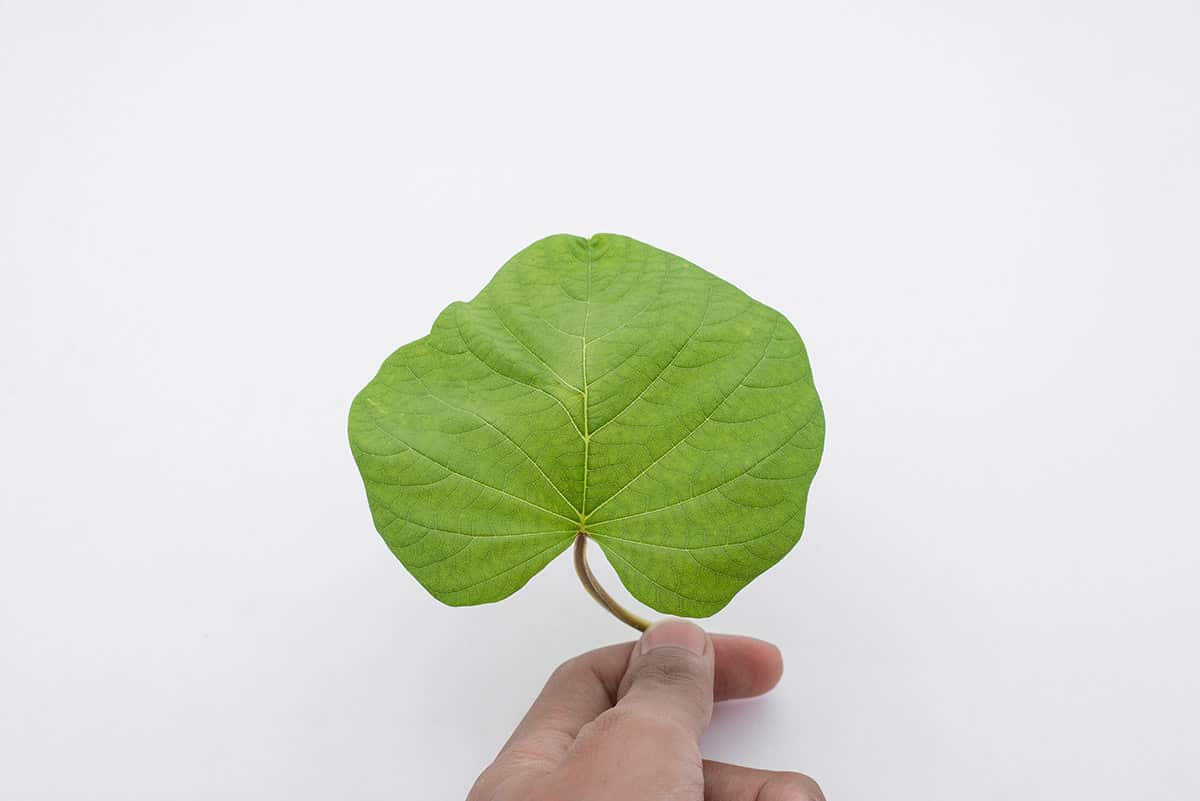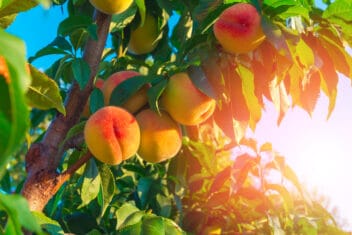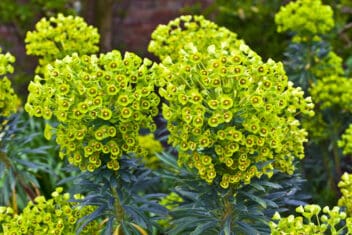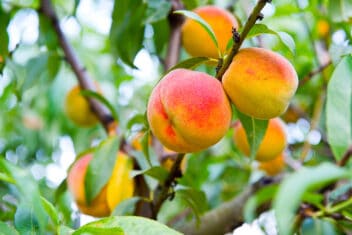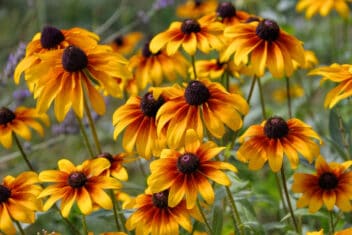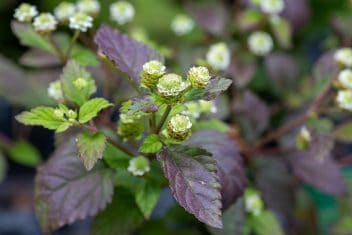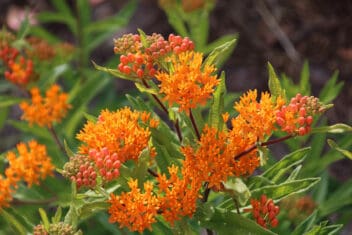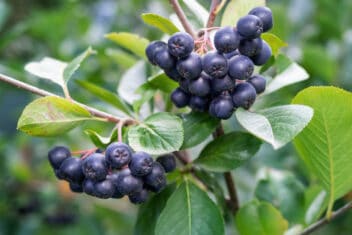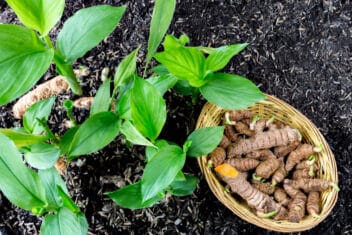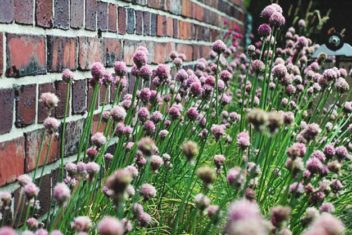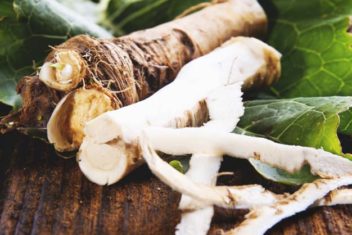When you walk through the nursery and spot plants you’ve never seen before, stop and investigate. You may come across root beer plant – and it’s one herb you don’t want to miss out on growing.
If you’ve eaten Mexican food, you have more-than-likely eaten root beer plant chopped in sweet and savory dishes or wrapped around food to form a delicious edible parcel.
If your mouth is watering thinking about all that lovely, fragrant food, let’s get going and learn about root beer plant, how to grow it and how to take advantage of its wonderful flavors in the kitchen.
What is Root Beer Plant?
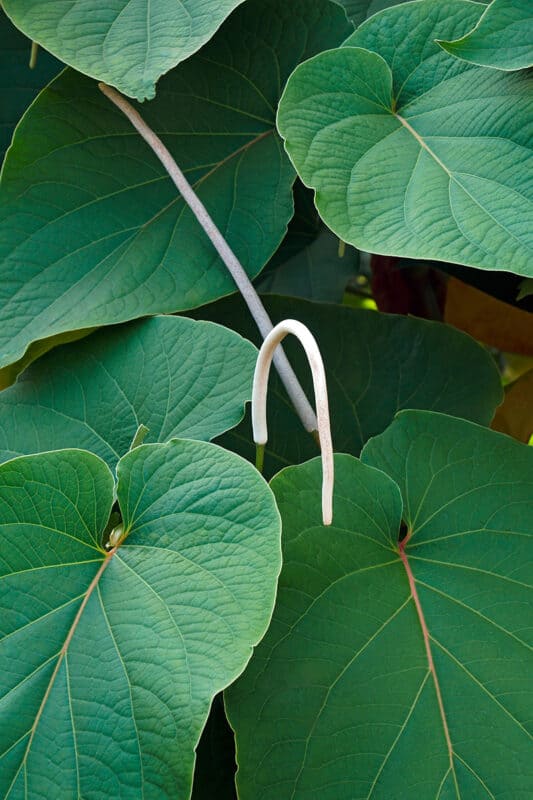
Root beer plant (Piper auritum), hoja santa, yerba santa, anisillo, Vera Cruz pepper, Mexican pepperleaf, or sacred pepper, is a perennial herb that can grow up to 12 feet tall, with leaves up to 12 inches across.
It’s related to the black pepper plant and contains safrole, which gives it its unique flavor.
Sometimes described as tasting like a little sassafras mixed with licorice, mint, tarragon, and eucalyptus, if you close your eyes and savor the bite, it can taste distinctly like eating a root beer soda (hence the name).
Root beer plant is also perfect for a scented garden because the whole plant provides a lovely aroma you can smell just walking past.
How to Plant Root Beer Plant
Once established, root beer plant is sturdy and reliable, giving continuously until the weather cools.
It grows well in zones 8 to 11; however, there is a slight difference in performance between the zones.
In USDA Zones 8 and 9, root beer plant is a perennial herb that will die back in the cold. It regrows when the weather warms up again.
You can grow it in pots and take it inside to overwinter as well. That way, you still get leaves year-round.
In USDA Zones 10 and 11, your root beer plant will be an evergreen shrub or small tree.
Give this plant partial sun with a little afternoon shade. The plants can even thrive in full shade, so feel free to experiment.
Too much hot sun and not enough moisture can make the leaves wilt, but they’ll come back to life with a good watering or rainfall.
Aim for a soil pH of 5.6 to 6.5. Sandy or light clay soil that drains well but holds moisture is best. Root beer plant loves water but doesn’t want its roots sitting in puddles.
The young, tender leaves and shoots have the strongest flavor, but if you use the leaves to wrap food when cooking, the big leaves will impart plenty of flavor.
Planting Seed
You can buy seed for root beer plants online or from local specialty stores. Plant seeds directly into the garden or into seed raising pots indoors. Wait until the spring frost has passed before planting.
Start seeds indoors eight weeks before transplanting outside.
Sprinkle the seeds lightly on the surface and press lightly. Don’t cover them because root beer plant seeds need light to germinate.
Make sure to keep the soil moist and don’t let it dry out. Use a mist sprayer to start with, and then light watering when you see seedlings emerge.
Thin out once the root beer plant reaches about 12 inches.
Container Growing
It’s a smart idea to have a root beer plant growing in a container, especially if you live in a cooler area. That way you can move it when the weather gets cold.
I don’t want to repot my root beer plant too often, so I use a 10-gallon container. But you can grow in a smaller container if you want to keep the plant small and repot more frequently.
Repot every two years if the plant has become rootbound. Remove the plant and prune away dead or damaged roots before replanting in a slightly larger container with fresh potting soil.
Place the pot inside when the weather cools, and you’re heading towards winter. Root beer plant overwinters inside well.
Another good reason to plant root beer plant in a container is that it spreads rapidly in the garden. If you don’t keep on top of removing unwanted spread, it will take over an area.
Caring for Root Beer Plant
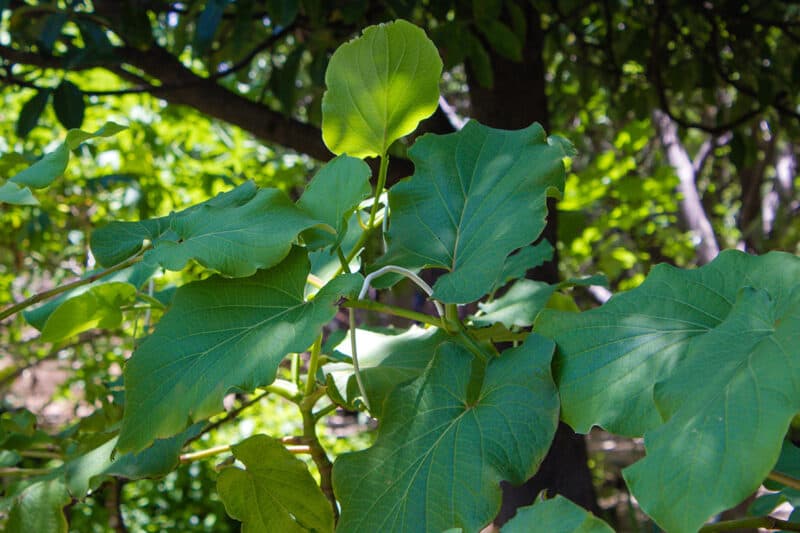
With a few simple practices, root beer plants will thrive and have few problems.
Fertilizer
Fertilize every six to eight weeks. See if you can find an organic fertilizer specifically for tropical plants and follow the instructions.
A tropical fertilizer will keep the leaves green and lush right through the warmer seasons.
Water
Root beer plants love water. Don’t overwater, but you don’t want the soil or container mix to dry out in between watering. Try to keep the soil moist as best you can.
Pruning
I prune my root beer plant when it starts to look scraggly and leggy. It goes through cycles of perfection and mess.
In zones 8 and 9, prune back hard in the winter, and the plant will regrow in the spring and summer. This helps keep the size and spread in check and keeps your garden tidy.
In warm areas where the plant doesn’t die back in the winter, prune and tidy it up as needed. It may lose some leaves, or it may remain evergreen all year, depending on the weather.
Companion Planting for Growing Root Beer Plant
Try planting root beer plant with any herb that is used in Mexican food or that has similar growing requirements. Some options include:
Common Problems and Solutions for Growing Root Beer Plant
There aren’t too many pests and diseases aiming to attack your growing root beer plant, but there are a few things to watch for.
Wind and Hail
Because of the large, tender leaves, strong winds and hail can damage the foliage.
If you get either in your area, put root beer plants where they will be protected as much as possible from high winds and hail storms. Harsh weather won’t necessarily kill the plant, but it can damage the leaves to the point they die off, and you won’t get a harvest.
Slugs and Snails
When I planted my root beer plant, I was told that no bugs were interested in it, but I’ve found that to be untrue. A quick look in the garden at night reveals how much snails and slugs love root beer plants.
If I’m in the mood, I’ll pick them off and put them in the chicken run. Usually, I’ll sprinkle organic snail pellets with a bittering agent to stop animals from eating them.
We have a whole guide dedicated to helping you get rid of this common garden foe, so use whichever method works best for you.
Mealybugs
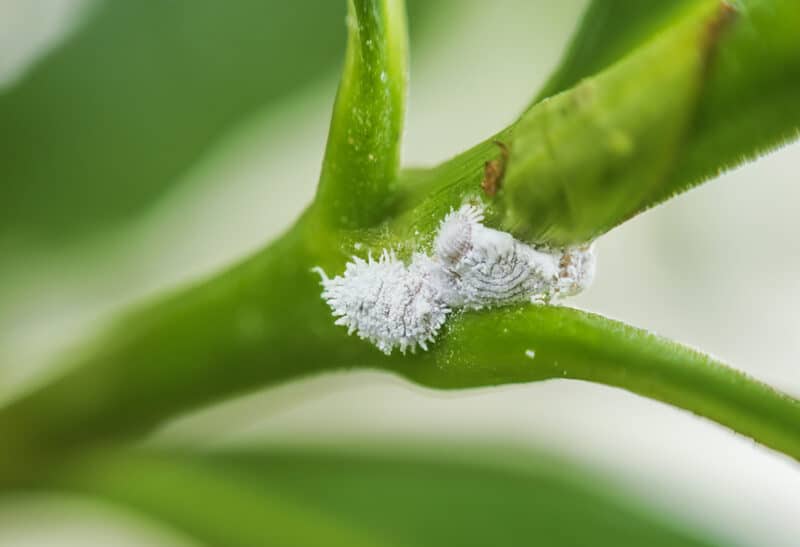
Springtime is the worst time because that’s when mealybugs emerge with a vengeance.
They are little, slow-moving bugs found on leaves and stems, where they suck sap, spread disease, and excrete honeydew. That honeydew attracts ants and soot mold.
The pests you see are females. The males are winged and rarely seen on plants.
The best way to avoid mealybugs is to maintain a healthy plant. Don’t over-fertilize and keep your garden well watered.
You can brush the bugs with rubbing alcohol. If you have a heavy infestation, use insecticidal soap or neem oil.
Harvesting and Using Root Beer Plant
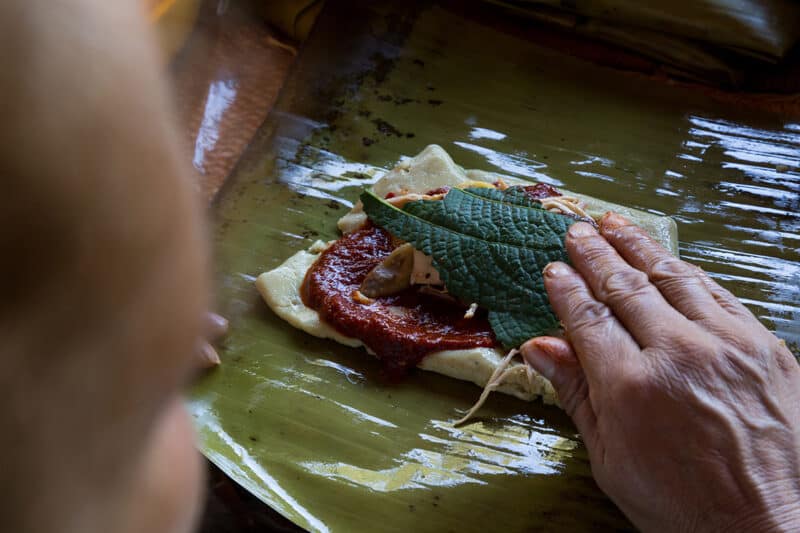
Now for the fun part – harvesting and using root beer plant in the kitchen.
Pick the large leaves as you need them. I prefer to use them fresh, but I have heard of people freezing them between parchment paper to use throughout the year. You can also dry them.
Use root beer leaves to wrap various meats when cooking or to make tamales. The leaves are wonderful chopped and used to flavor soups and dishes with eggs.
I’ve also seen leaves made into a jelly similar to mint jelly. They’re incredibly tasty in salsa, as well. This recipe from KCRW is a great jumping-off point for creating your own.
